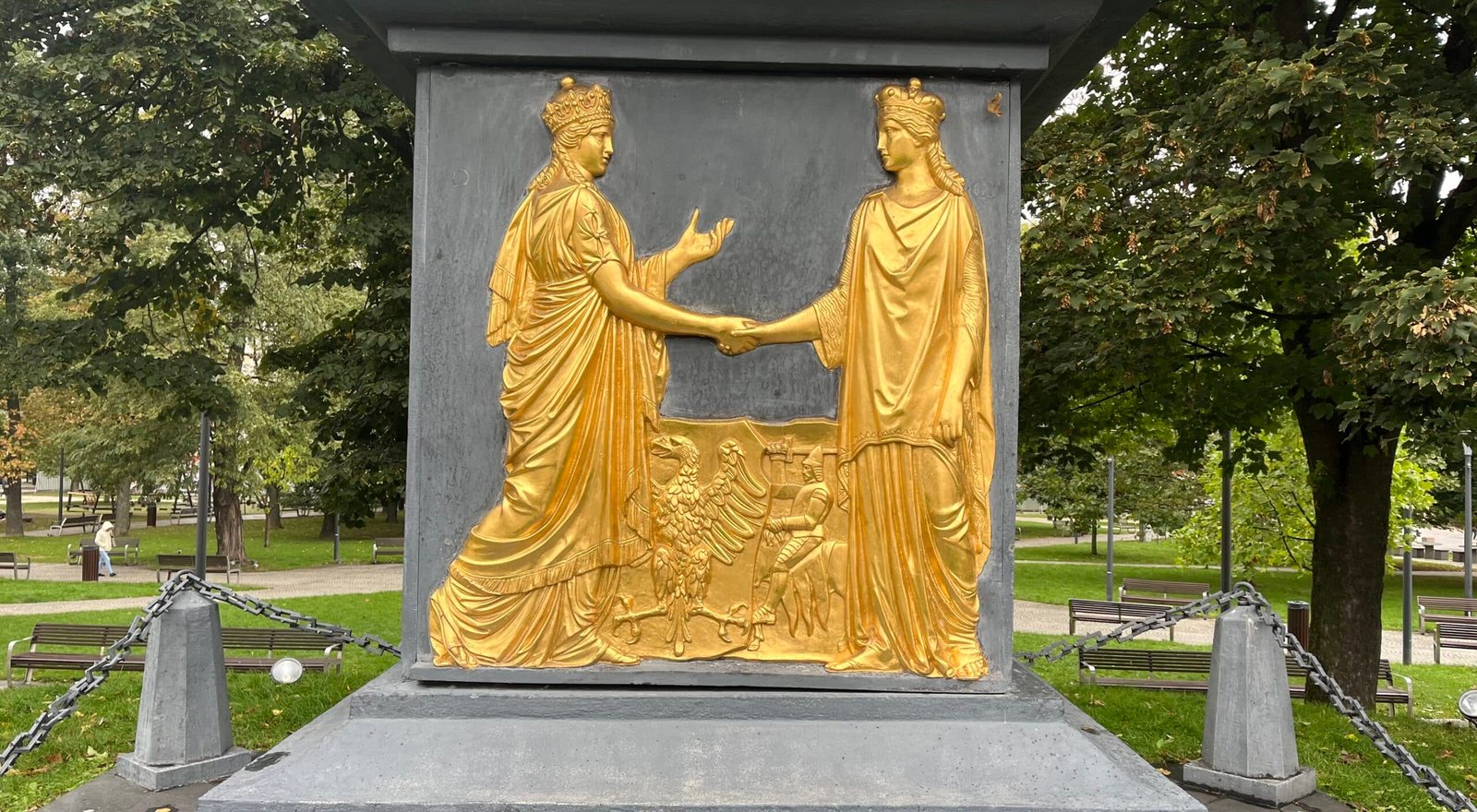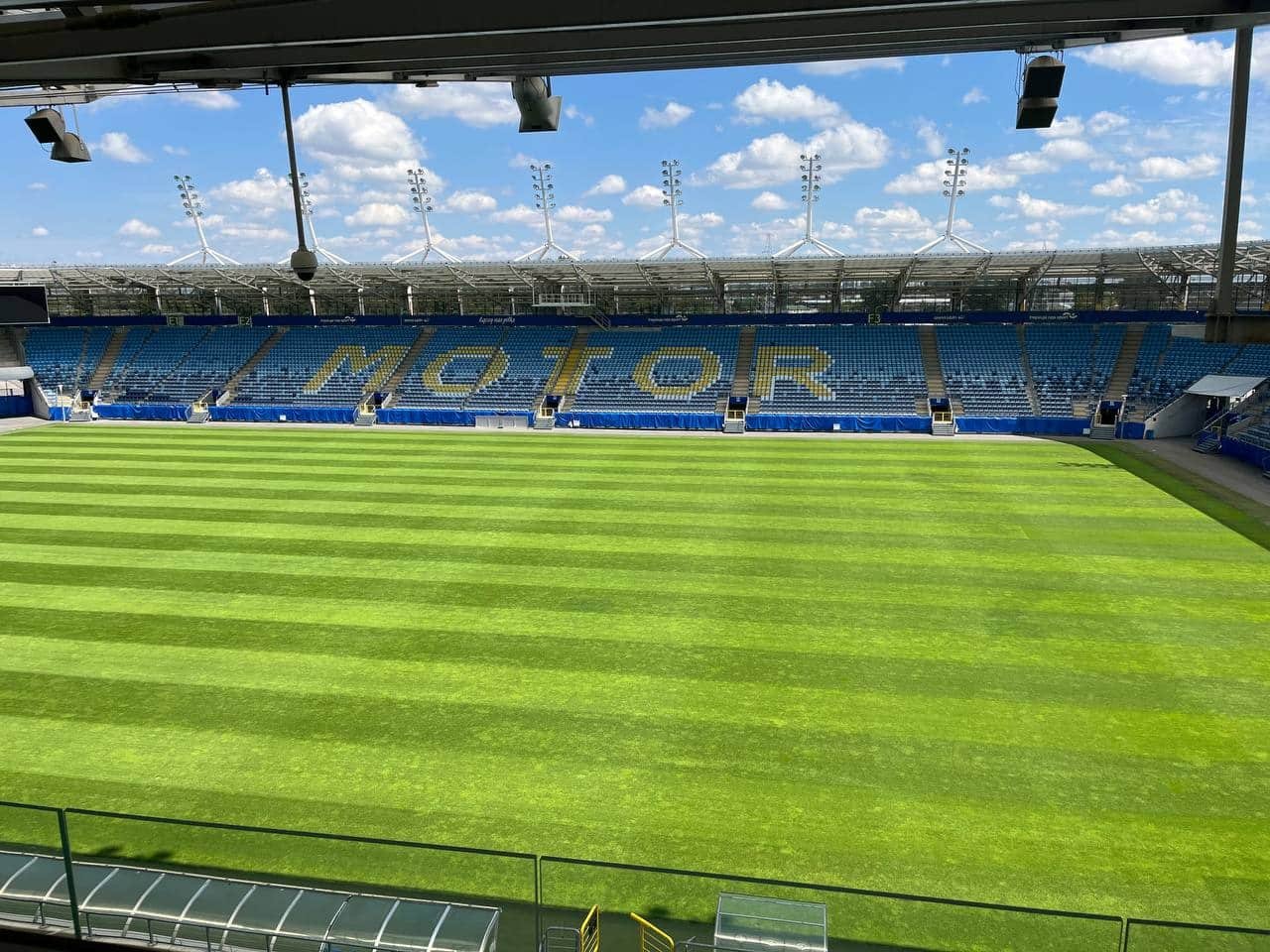Teams, tales and tips – a guide to the local game
The nearest stadium in Poland’s top-flight Ekstraklasa to Ukraine, the Arena Lublin 100km from the border has become a home from home for Dynamo Kyiv on their European adventures. The war at home preventing any international fixtures being played in the Ukrainian capital, the record domestic champions had flitted from Łódź to Kraków to Bucharest to then settle on Lublin for their Champions League qualifying campaign in 2024. In 2025, it’s the Conference League, Crystal Palace making their main European debut at the contemporary arena close to Lublin train station south of the city.
It’s also the home of Motor Lublin, of course, whose consecutive promotions in 2022 and 2023 swept Motorowcy back to Poland’s elite after three decades. The Poland of 1992 when Motor bade farewell to the top flight bore more resemblance to the one that created the original workers’ club in 1950.
But Stal Lublin, formed just after the war by local football enthusiasts with the backing of the city’s car factory, created that same year and manned by Soviet-trained workers, were not the first team in town. KS Lublinianka came before them, shortly after Polish independence, in 1921.
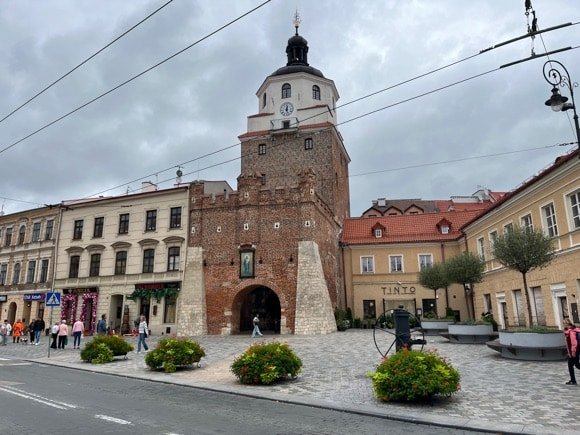
This was no workers’ movement but the initiative of pioneering athlete Felicjan Sterba, at the time Polish 400-metre champion. Born in Lviv, the cradle of Polish football now in modern-day Ukraine, Sterba oversaw the development of organised sport in this industrial hub occupied by Tsarist Russia until 1915.
Vital to the growth of a new Poland post-World War I – the nation’s first provisional government was established here in November 1918 – the city was big enough to support two football clubs, the other being military team WKS (Wojskowy Klub) Lublin, formed that same summer of 1921. Playing in red-and-white stripes, as opposed to the green of KS, the army side were merged with their rivals in 1926 to create WKS Unia but attendances soon dropped.
While the seniors played at regional level, the Unia’s juniors outshone their counterparts, winning the national championship on the eve of World War II. The war not only changed Lublin but its identity, too, the city bereft of its significant Jewish population and Catholic intelligentsia. Felicjan Sterba died in exile in London in 1948. Sweeping away German forces from this part of Poland in June 1944, Stalin set up his first Soviet-controlled government here, putting the wheels in motion to establish the car factory and train a workforce to operate it.
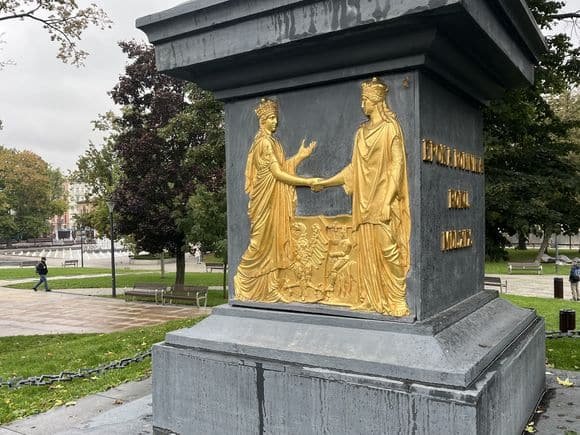
KS Lublinianka might have regained its name and identity in 1944 but by 1950 it had become subsumed by the reorganisation and militarisation of Polish sport. Factory team Stal Lublin, renamed Robotniczy Klub Sportowy (Workers’ Sports Club) Motor in 1957, rose up the divisions to make the national second tier in 1965. On the way, they established a fierce local rivalry with WKS Unia, who re-reverted to WKS Lublinianka after promotion to the second flight in 1960, subsuming WKS Lublin one last time.
Passing Motor on their way back down afterwards, Lublinianka looked to a young coach to revive their fortunes and propel them back again: Kazimierz Górski. Born and raised in the football culture of Lviv, where he played as striker for Polish Cup winners Czarni Lwów in the 1930s, Górski managed Legia Warsaw before being lured to Lublinianka for a single successful season in 1963-64. By the end of the decade, he was leading the Polish national team to Olympic gold, victory over England and third place in the World Cup.
Lublinianka’s next stint in the second tier, after cup heroics against Górnik Zabrze before a 30,000 home crowd in 1970, coincided with Motor’s. The derby of 1973 was the first played at this level of Polish football.
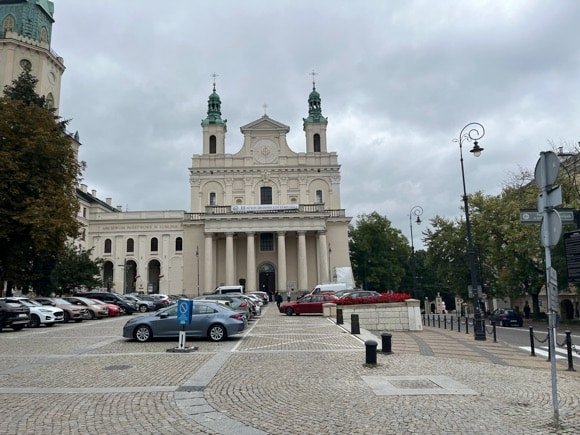
Another took place in 1982-83, and then again in the mid-1990s, but Lublin struggled more than most in the new economic circumstances post-Communism. The car factory changed hands several times and a debt-ridden Motor slipped down to the fourth tier. Saved by fans, Motor briefly played as Lubelski Klub Pilkarski (‘Lublin Football Club’) before creeping back up the league to the third tier from 2007 onwards.
It was around this time that Poland began preparing to co-stage Euro 2012 in four new stadiums, encouraging others to be built in mid-sized cities across the land, including Białystok, the country’s the other major eastern metropolis.
Not wanting to be left behind, though without a witnessing top-flight football since 1992, the City of Lublin signed a deal in 2011 for a soccer-specific stadium to be built on the site of a former sugar factory near the long-established Miejski for 136 million złoty (€32 million). Capacity would be 15,500. The Miejski, for years shared between two sports, would be given over entirely to speedway.
Madrid-based Estudio Lamela, which had worked on the Bernabéu and Mallorca’s Son Moix in the 1990s, as well as Warsaw’s Chopin Airport, was hired to create four single-tiered stands and a strip of skyboxes, suitable for UEFA international approval.
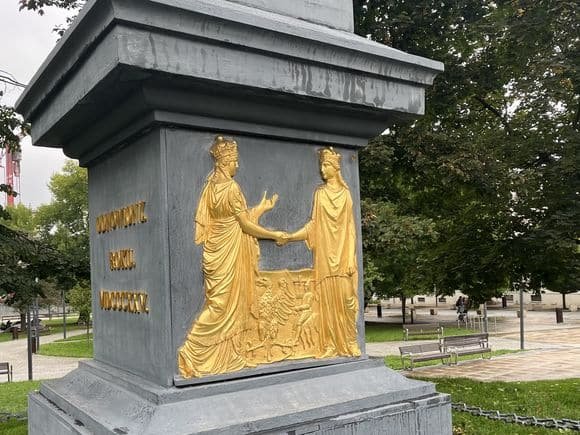
Sure enough, an U-20 international between Poland and Italy served as the curtain-raiser in 2014, the Arena Lublin one of six Polish stadiums to co-host the U-20 World Cup in 2019. Although games involving Tahiti and Honduras attracted few spectators, crowds had turned out in relatively strong numbers for the first competitive fixture here, suitably a third-tier league derby between Motor and Lublinianka in October 2014.
For a time relying on their youth players, Lublinianka had matched the progress of their age-old city rivals by reaching the third flight in 2012. For a while, home games were played at the newly opened Arena Lublin, groundshared with Motor. Currently flitting between the third and fourth divisions, Lublinianka play at their 500-capacity ground on Stanisława Leszczyńskiego west of town.
Motor brought a then club record crowd of nearly 9,000 to the Arena Lublin for their promotion play-off with Olimpia Elbląg in 2016 but it wasn’t until the arrival of Lublin-born millionaire Zbigniew Jakubas in 2020 that the club started to go places. Promoted to the third tier that year, Motorowcy made the II liga in 2023 and then, through the play-offs, the elite the following year. A full house of 15,000-plus watched the semi-final with near neighbours Górnik Łęczna, who had groundshared the Arena Lublin in 2016-17.
Attracting crowds averaging near capacity in the Ekstraklasa, Motor Lublin are very much back in Poland’s elite, their stadium also used for Polish cup finals – and, of course, by Dynamo Kyiv as the Ukrainians bring Crystal Palace, Zrinjski Mostar, Noah of Armenia and perhaps others to this convivial city in eastern Poland.
Getting Around
Arriving in town and local transport
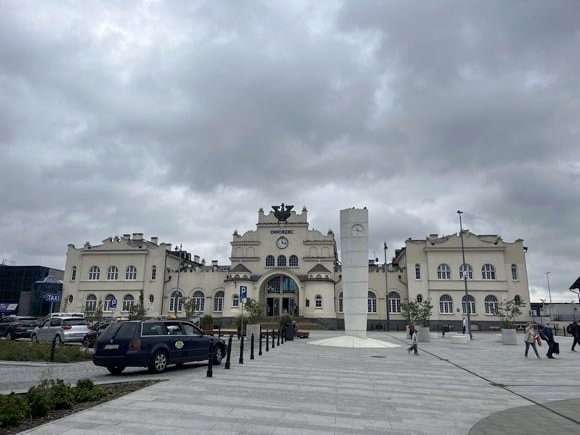
Currently used by Ryanair, Wizz Air and LOT, Lublin airport is 10km (six miles) west of the city. A train service runs from the airport terminal to the main station, Lublin Główny (8zł/€1.90, 16min journey time) two or three times a day. Infrequent city bus 5 takes twice as long to reach Lublin via the surrounding town of Świdnik. ALE Taxi (+48 81 511 11 11) should charge 60zł/€14 into town.
Lublin Główny is south of the city centre 1.5km-2km away, but close to the Arena Lublin just over five minutes away on foot. City buses are run by ZDTM, single ticket 3-4zł/€0.70-€1, 6hr ticket 8.20zł/€2, 24hr 13.20zł/€3.10. The city centre itself is walkable.
A direct train to Lublin from Warsaw takes just under 2hrs, a single ticket around 50zł/€11.70. From Kraków, it’s 4hrs 20mins and around 70zł/€16.40.
Where to Drink
The best pubs and bars for football fans
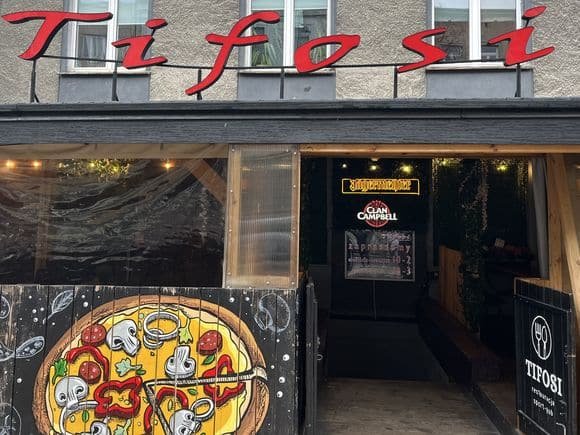
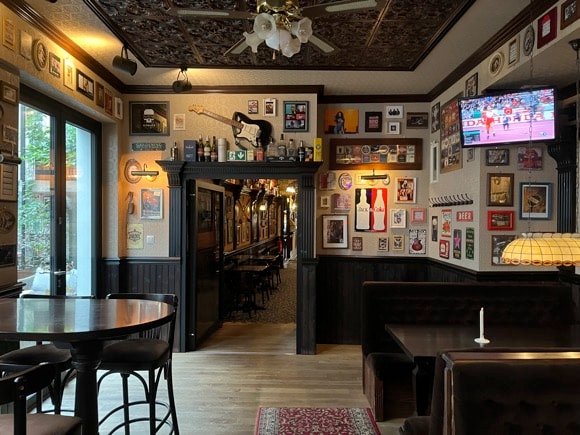
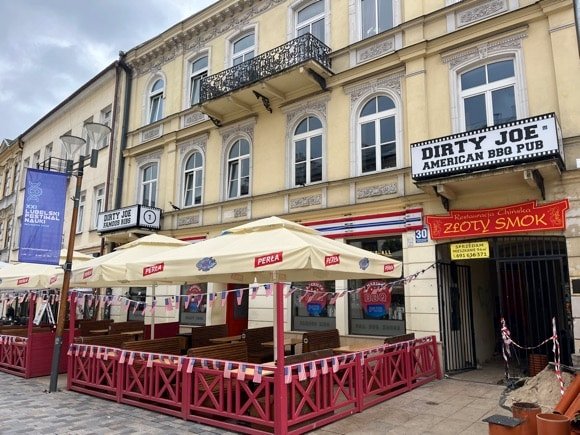
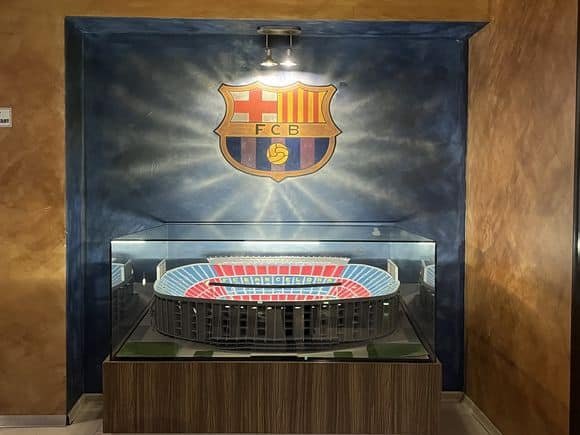
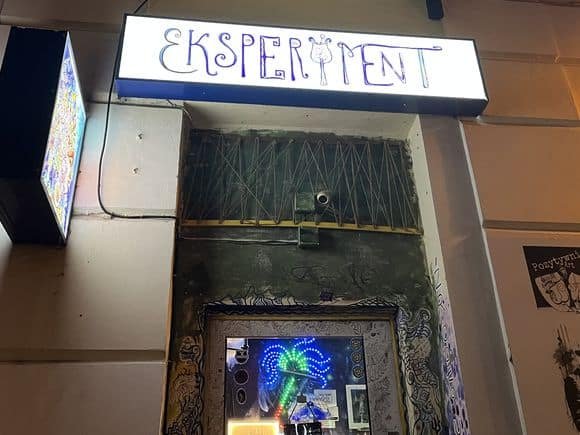
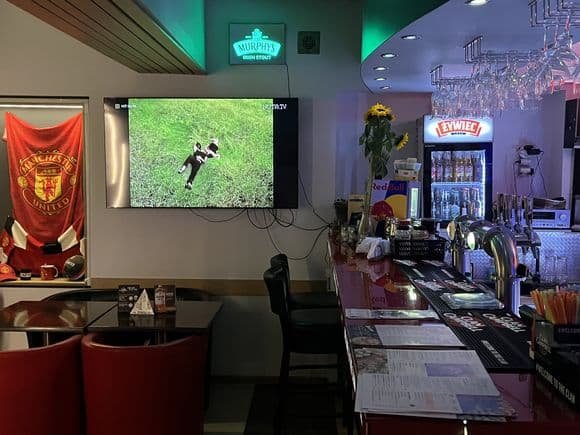
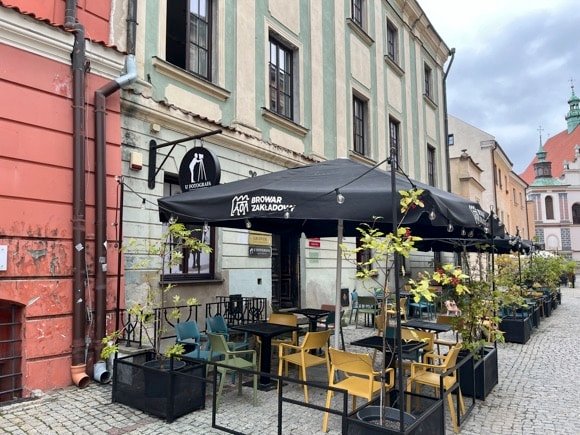
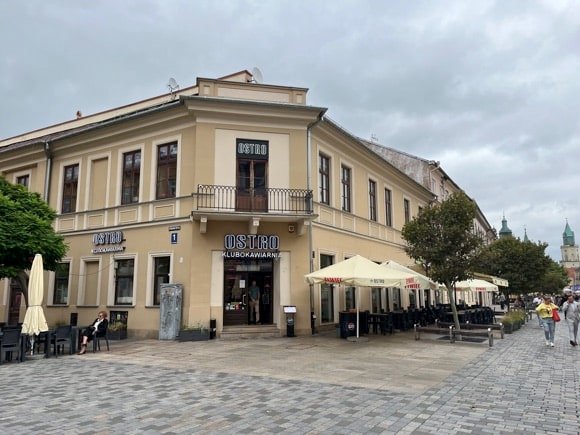
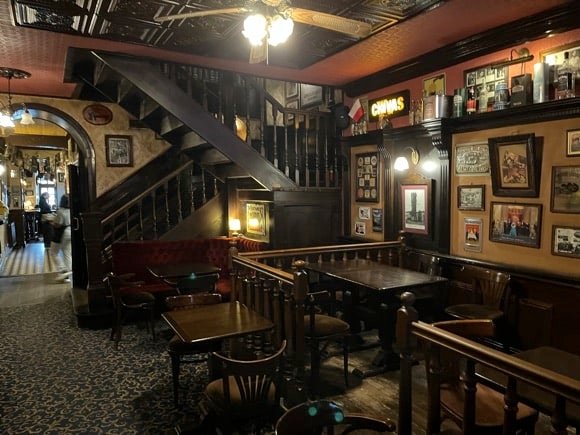
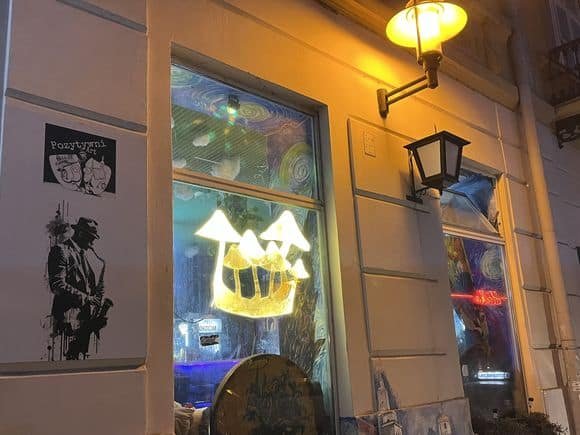
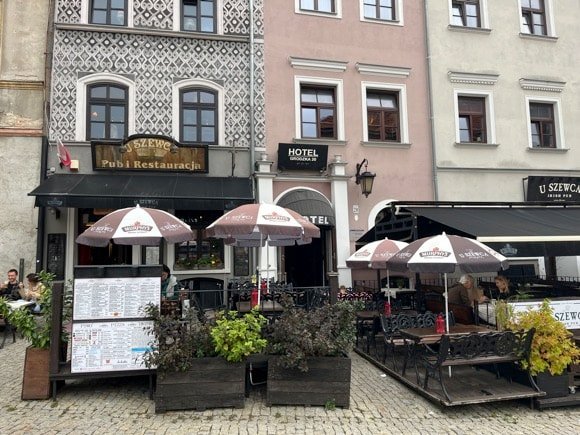
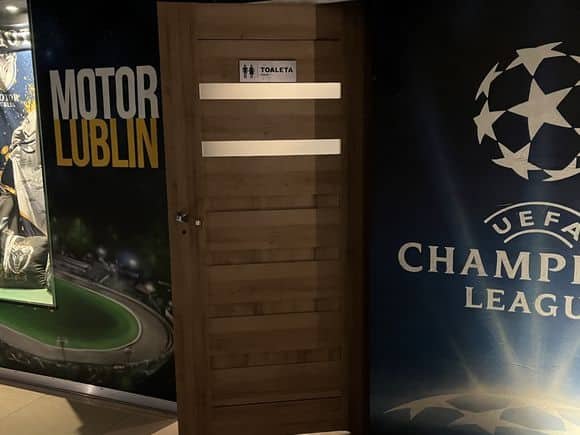
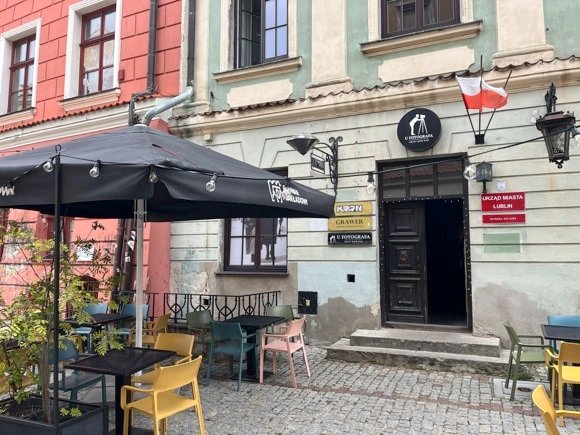
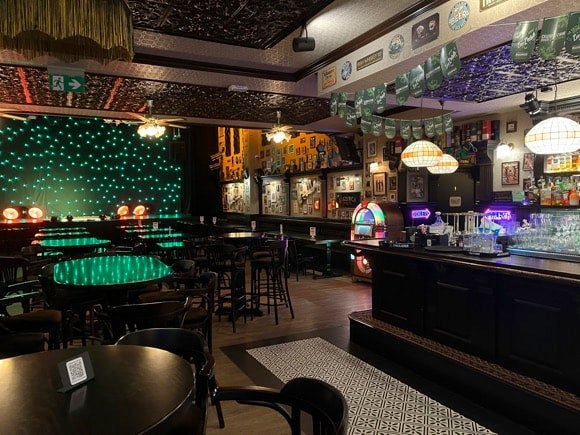
Where Krakowskie Przedmieście meets plac Litewski in the heart of town, bars include Ostro Klubokawarnia, a pleasant terrace by day, a lively club-bar after dark, open till silly late and screening football. Alongside, US-style Dirty Joe serves 21 types of craft beer plus BBQ specials, while brewpub Eksperyment keeps the party going until midnight, 2am three nights a week.
Over on Złota, late-opening U Fotografa is another of Lublin’s brewpubs, funky inside and with a popular terrace. Nearby, sturdy Pub u Szewca at Grodzka 18), attached to the hotel of the same name, serves Guinness, Murphy’s and local craft brews by the bottle.
More pizzeria than pub, Tifosi (Okopowa 5) nevertheless pours pints and mixes cocktails amid live match action. Note the display of Motor Lublin fan paraphernalia – as well as West Ham and Manchester United.
Where to stay
The best hotels for the stadium and city centre
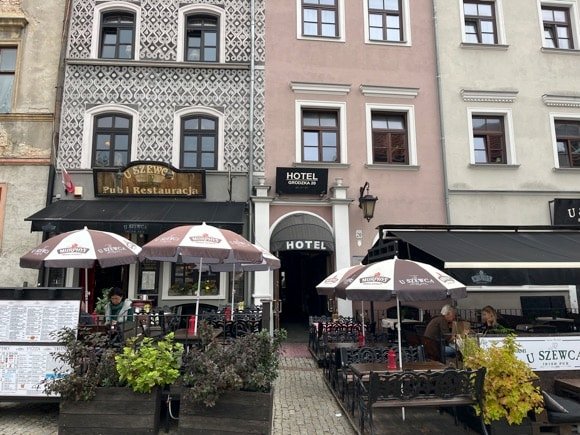
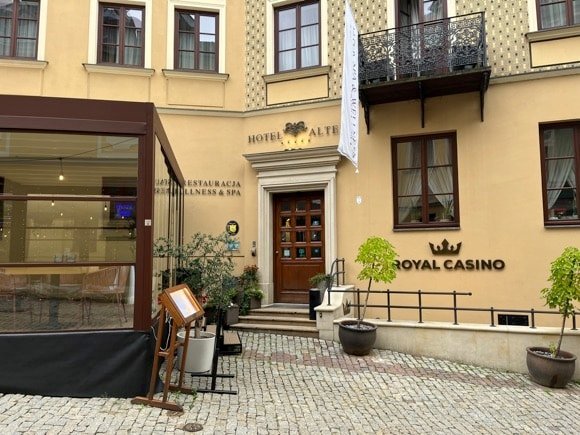
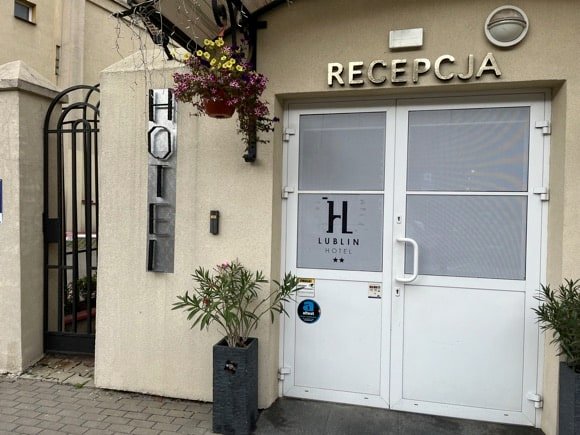
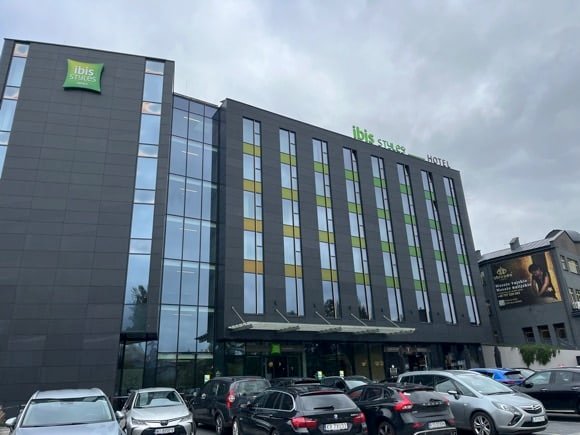
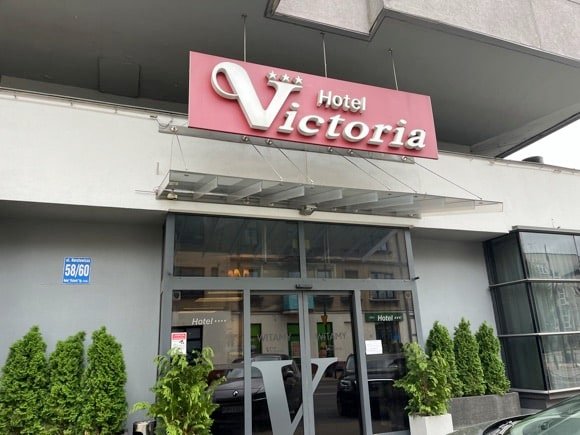
Lublin Travel has a database of local hotels. The nearest lodging to the stadium, mid-range Hotel Victoria has its own restaurant. For a mid-range option in the city centre, Hotel Lublin on Radziwiłłowska should cater to most visitors’ modest needs.
Alongside the Pub u Szewca, the Hotel Grodzka 20 offers cosy, three-star accommodation while a couple of doors along, the Hotel Alter fills a 16th-century residence with 13 boutique rooms, a pool, sauna, quality restaurant and twin-table billiard hall.
Over on aleja Solidarności, 114-room chain hotel ibis Styles Lublin Stare Miasto brings colourful, contemporary style to Lublin.

